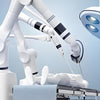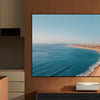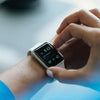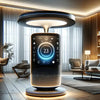Revolutionizing Human-Machine Interaction with Smart Gesture Control
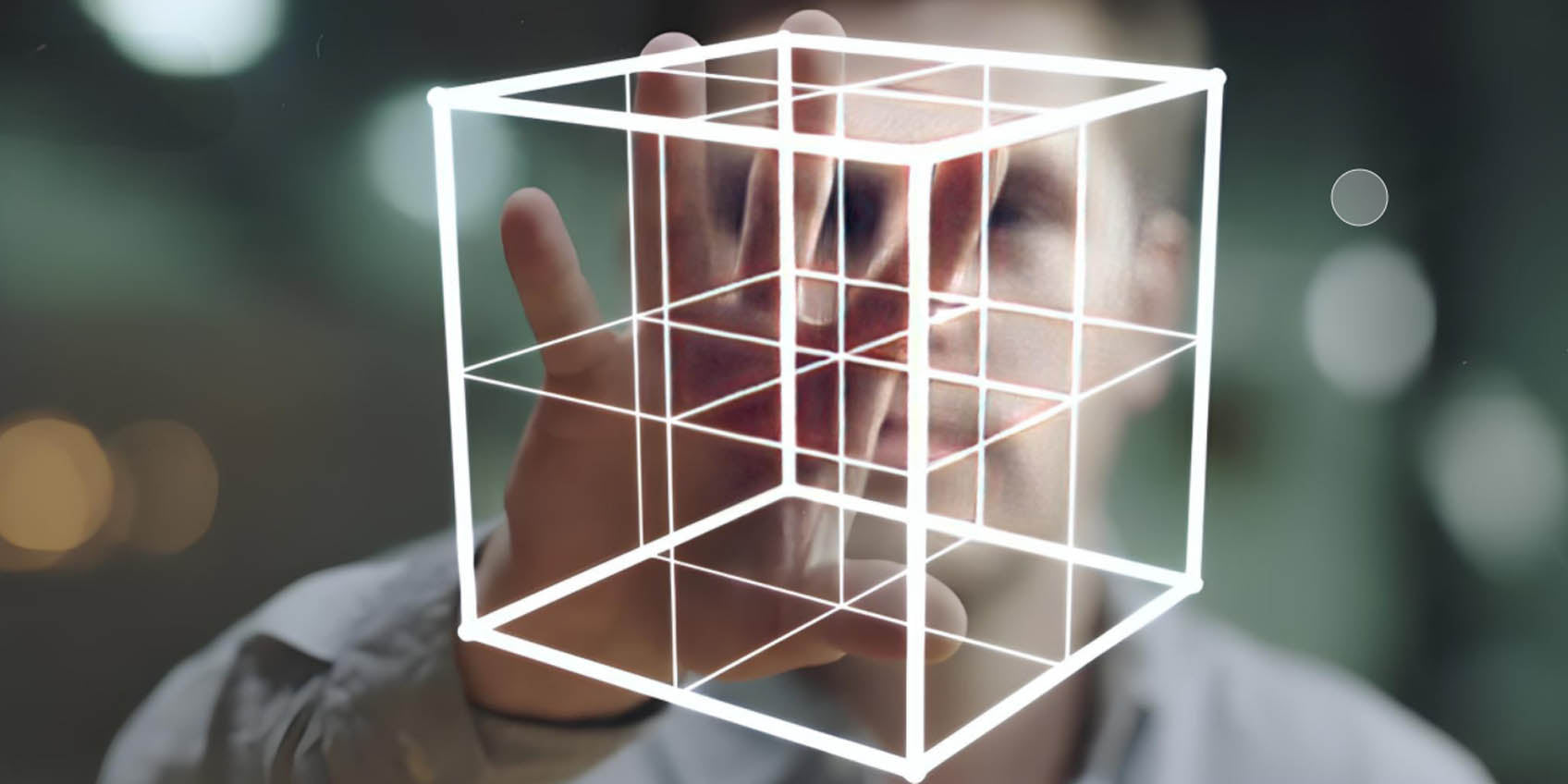
Revolutionizing Human-Machine Interaction: The Rise of Smart Gesture Control Across Industries
With the rapid development of artificial intelligence (AI), deep learning, computer vision, and advanced sensor technology, smart gesture control has evolved into a transformative tool across multiple sectors. From smart homes and virtual reality (VR) to healthcare, security monitoring, and industrial automation, gesture control is reshaping the way humans interact with digital systems.
Traditionally, gesture recognition relied on simple sensors and static programming, offering limited capabilities. Today, however, the integration of technologies like LiDAR, Time of Flight (TOF) sensors, and 3D depth-sensing cameras has elevated gesture control to an entirely new level—enabling real-time, contactless, and highly accurate interaction with devices and environments.
What Is Gesture Control?
Gesture control is a touch-free interface technology that uses AI-driven computer vision, deep learning algorithms, and sensor fusion to identify and interpret human gestures—typically hand or body movements. By analyzing inputs from TOF cameras, infrared sensors, or stereoscopic vision systems, gesture recognition software translates these actions into digital commands, allowing users to control devices without physical contact. This intuitive form of control enhances user experience and supports a cleaner, more hygienic interaction.
Smart Homes: Seamless and Personalized Contactless Living
In smart home settings, gesture control allows users to manage lights, thermostats, curtains, speakers, and other smart appliances simply by waving a hand or making specific gestures. This not only adds convenience but also supports accessibility for people with mobility limitations.
Adaptive Learning: Gesture-based systems in smart homes can learn user behavior patterns—for instance, recognizing a common hand gesture to turn off all lights or activate a sleep mode—creating personalized and efficient living environments.
Healthcare: Hygienic, Contactless Control in Sensitive Settings
Contactless interaction is vital in healthcare environments, especially for minimizing the spread of infections. Gesture control technology allows patients, caregivers, or doctors to operate medical equipment, call for help, or interact with health monitoring systems without touching surfaces.
-
Emergency Gesture Alerts: A simple motion can instantly notify healthcare staff in critical situations.
-
Hands-Free Equipment Operation: Doctors can adjust ventilators, monitors, or infusion pumps mid-procedure without direct contact, promoting sterile practices.
Virtual and Augmented Reality: Immersive, Natural Interaction
In VR and AR, gesture control unlocks new levels of realism and engagement. Instead of relying solely on handheld controllers, users can now manipulate digital objects or navigate virtual environments with intuitive hand movements.
-
Realistic Interactions: Players can pick up, rotate, or move virtual items in real-time using natural gestures.
-
Enhanced Precision: With TOF and depth-sensing technologies, systems can detect fine motor actions, supporting detailed interactions in gaming, design, or training simulations.
Smart Security Systems: Remote and Efficient Monitoring
Gesture-controlled security systems empower users to manage surveillance and access control remotely and hygienically. Security personnel can adjust cameras, trigger alarms, or initiate lockdowns with simple hand movements.
-
Field of View (FoV) Optimization: Wide FoV cameras enhance gesture tracking from different angles and distances, allowing flexible system placement.
-
Gesture-Activated Alarms: Quick, contactless responses to potential threats boost situational control and reaction speed.
Industrial Automation: Safe and Efficient Production Control
In manufacturing or hazardous work environments, gesture control boosts safety and productivity by reducing the need for physical touch.
-
Remote Machinery Control: Workers can change machine parameters like speed or temperature from a safe distance using predefined gestures.
-
Reduced Downtime: Real-time, contactless adjustments lead to faster operations and fewer interruptions in the workflow.
Access Control and Identity Verification
Gesture recognition, when combined with biometrics such as facial recognition or voice identification, enhances building security. Doors can be unlocked or systems activated without touching keypads or cards.
-
Contactless Entry Systems: Authorized users can gain entry with a specific hand motion, avoiding physical contact and improving hygiene.
-
Secure Authentication: Multi-factor identity verification using gestures adds an extra layer of defense in high-security zones.
The Role of TOF and Field of View (FoV)
Time of Flight (TOF) sensors play a pivotal role in tracking gesture movements with high depth accuracy. By calculating the time it takes for light to bounce off an object and return, TOF enables precise 3D mapping of gestures, ensuring smooth and responsive control.
Meanwhile, Field of View (FoV) determines how wide and far the system can detect gestures. A wider FoV increases flexibility, allowing users to interact from different positions and angles, which is especially useful in larger or multi-user environments like smart rooms or factories.
Conclusion: Gesture Control as a Cornerstone of Digital Transformation
As industries push toward intelligent automation and human-centric design, smart gesture control will play a key role in defining next-generation interfaces. From hands-free smart homes to immersive VR, hygienic healthcare settings, and secure access systems, gesture recognition is bridging the gap between humans and machines in the most natural way possible.
Looking ahead, advancements in AI, sensor miniaturization, and edge computing will continue to refine gesture control, making it faster, more accurate, and accessible. This technology is not just a trend—it's a foundational element of the future of interaction.
SLAMTEC RPLIDAR A3M1 360° LiDAR Sensor 25M Range, 16000 Samples
After-sales Support:
Our professional technical team specializing in 3D camera ranging is ready to assist you at any time. Whether you encounter any issues with your TOF camera after purchase or need clarification on TOF technology, feel free to contact us anytime. We are committed to providing high-quality technical after-sales service and user experience, ensuring your peace of mind in both shopping and using our products.




